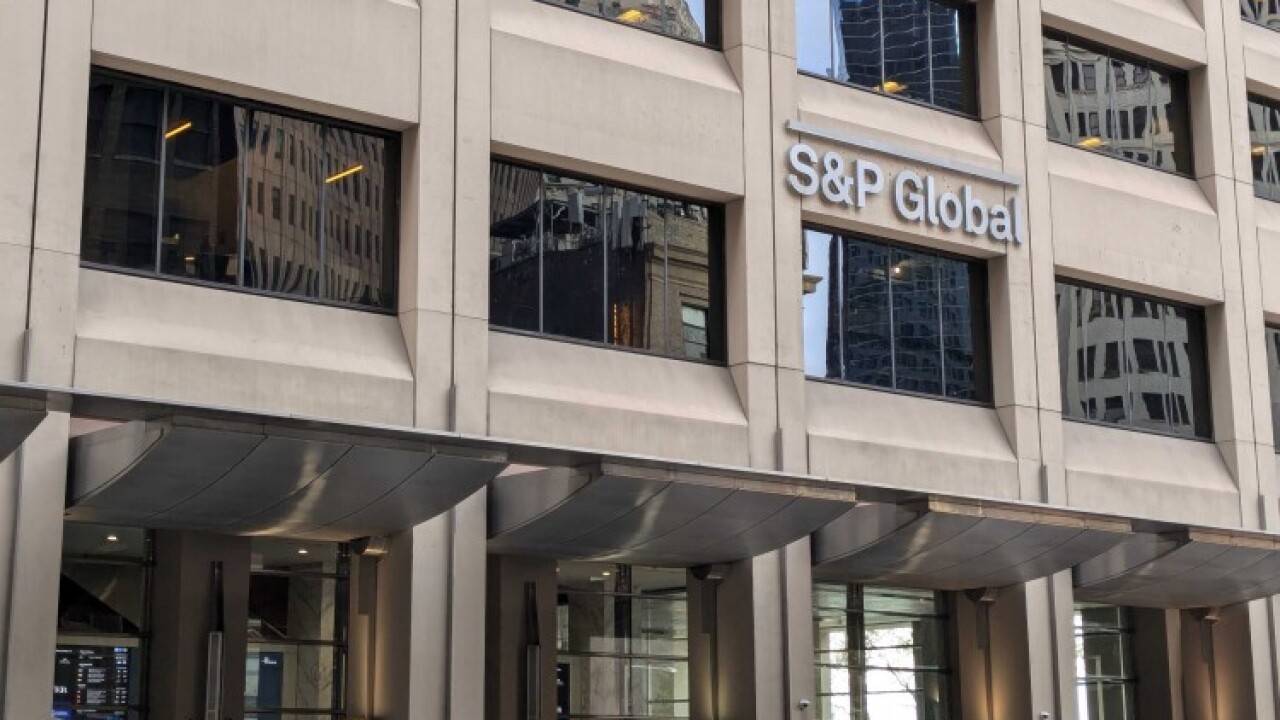The New York State Thruway Authority adopted a $1.3 billion 2020 budget that lowers spending by 2.4% after a debt refinancing.
Matt Howard, the authority’s chief fiscal officer, said during a budget presentation in November when the 2020 plan was approved that $857.6 million of federally taxable Series M general revenue bonds

“We were able to access the market right at the right time,” said Howard, who noted that the savings incorporates fully paying off a $1.6 billion federal loan under the Transportation Infrastructure Finance and Innovation Act in 2013 for the $4 billion Tappan Zee Bridge replacement. “It’s definitely a positive thing.”
The NYSTA’s overall budget allocates $295 million toward debt service, a 4.3% drop from the current 2019 spending plan. The authority is allocating 3.8% less for capital program expenses at $606 million, which Howard said factors in less resources needed for the now completed Tappan Zee Bridge replacement and increases needed for converting the Thruway system to cashless tolling by the end of 2020.
A five year capital plan from 2020 to 2024 anticipates $2.15 billion of Thruway Authority projects. Howard said the capital budget includes $300 million for remaining costs associated with the new bridge and $1.8 billion of systemwide projects.
The authority is projecting to generate $735.8 million of toll revenue in 2020 which would mark a $3.8 million dip from 2019 levels despite expectations for increased passenger traffic. Similar patterns are forecasted through 2022 as the authority adjusts to the impact of electronic tolling. The budget contains no toll increase for a 10th straight year.
“Toll revenues are 90% of our revenue base and accuracy in that projection is crucial which is why we are very conservative in how we forecast,” Howard said.
Around 65% of the authority’s $438 million 2020 operating budget is comprised of salaries and benefits for 2,000 full-time employees. Howard said head count has been cut by 500 since 2010.
Moody’s Investors Service





